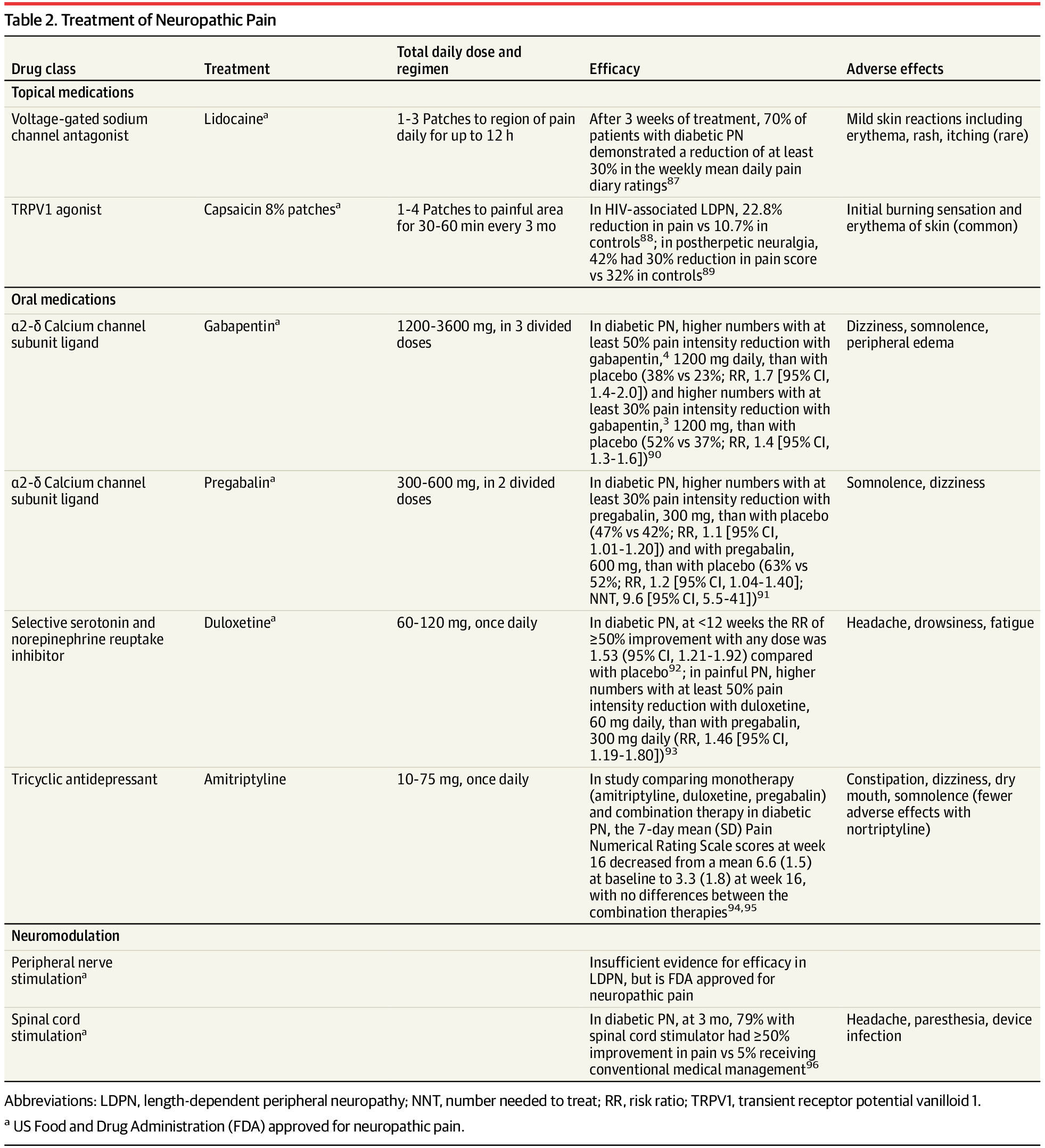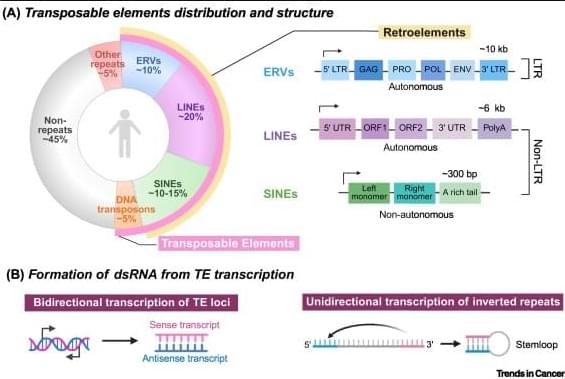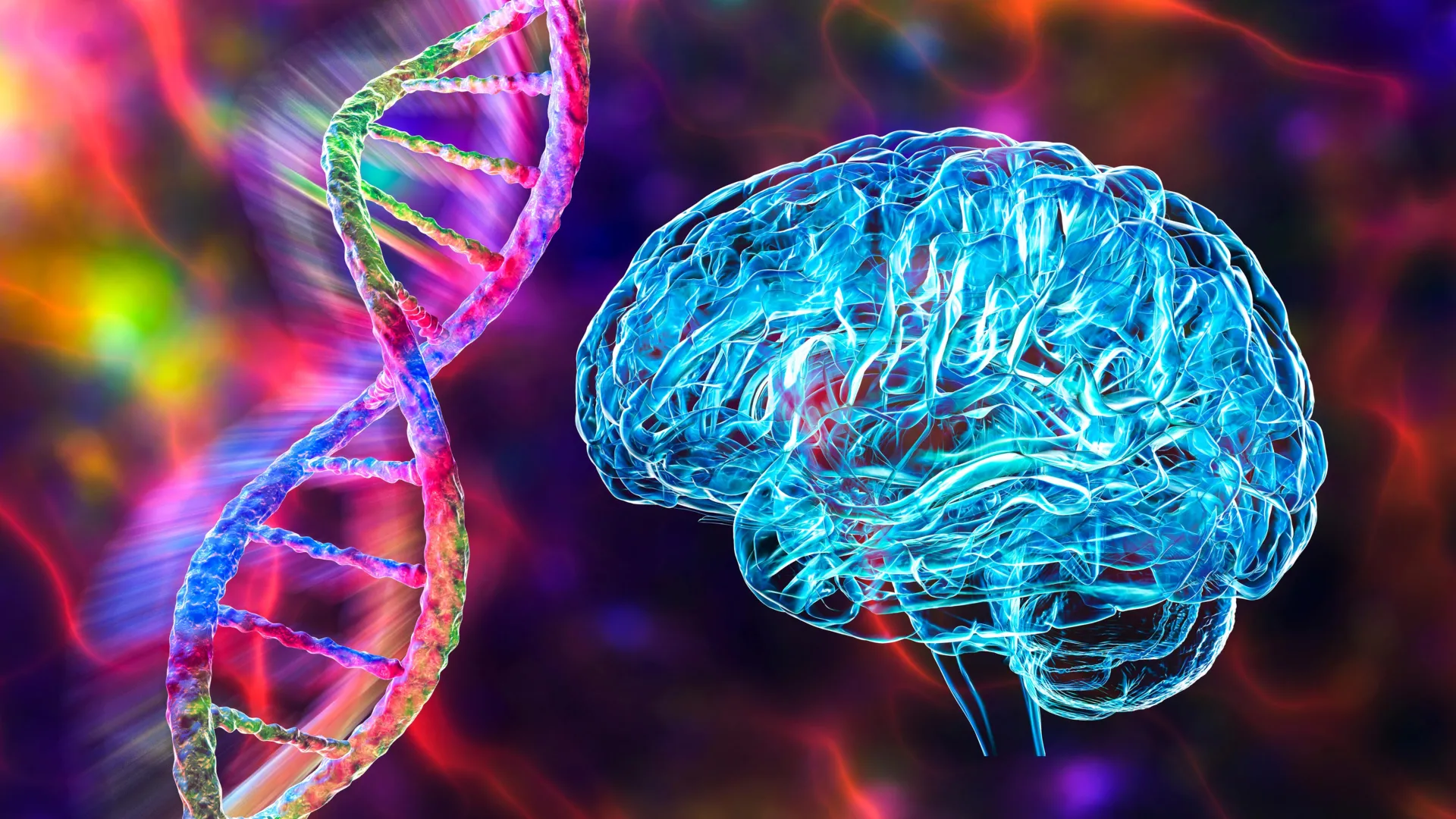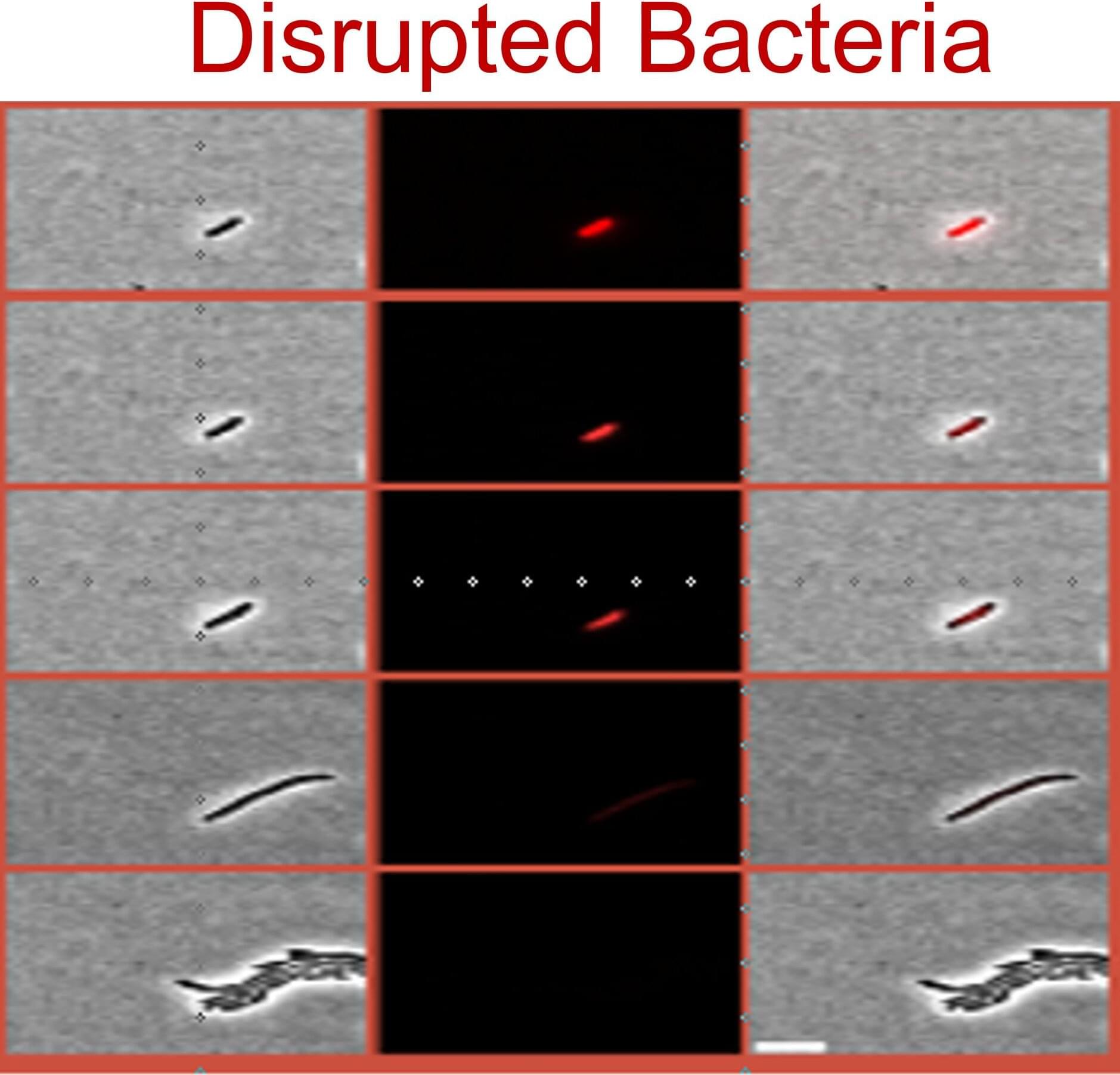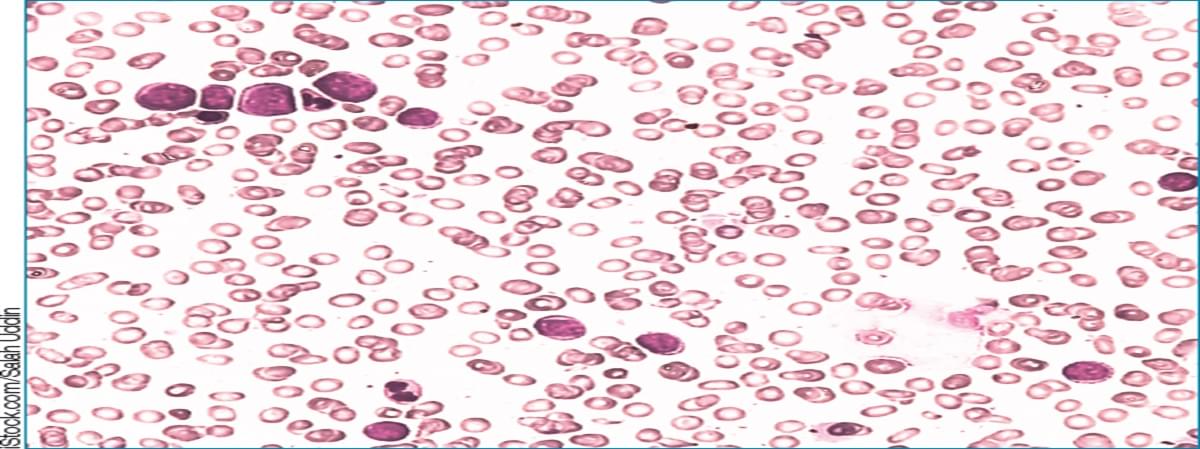Children whose fathers took valproate within three months prior to conception were more likely to have neurodevelopmental disorders than children of men exposed to lamotrigine or levetiracetam.
Researchers behind a new study believe that it is the first to show an increased risk of neurodevelopmental disorders in offspring of fathers who took valproate rather than lamotrigine or levetiracetam prior to conceiving children.
Children whose fathers took valproate within the three months prior to their conception were more likely to have neurodevelopmental disorders, including autism spectrum disorders, than children of men exposed to lamotrigine or levetiracetam, according to a study published in JAMA Network Open in November.
The European research team—which analyzed medical records from Denmark, Norway, and Sweden—concluded that “health care practitioners should consider the potential risks associated with paternal valproate exposure and discuss alternative treatment options with male patients of reproductive age.” The team also said that “findings should be interpreted with caution due to the heterogeneity in the unadjusted estimates.”


